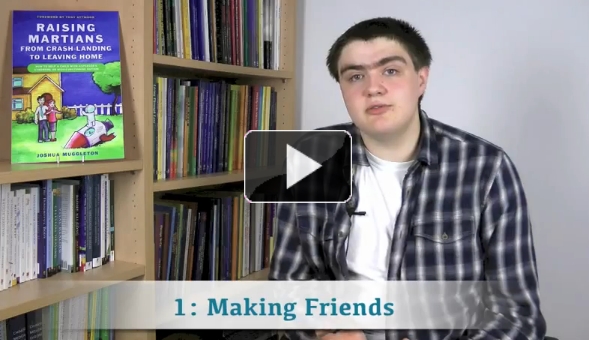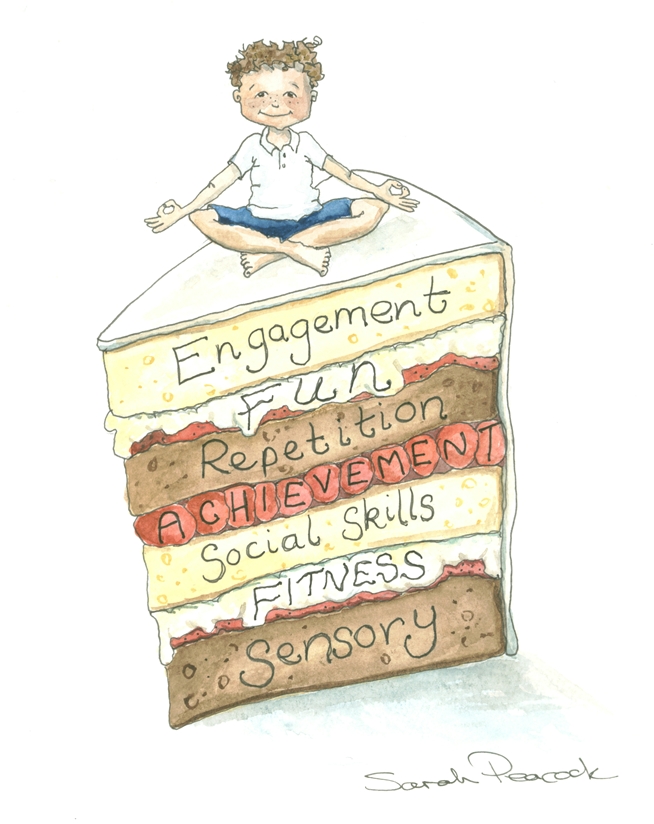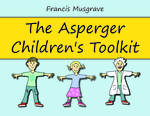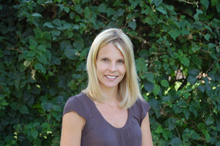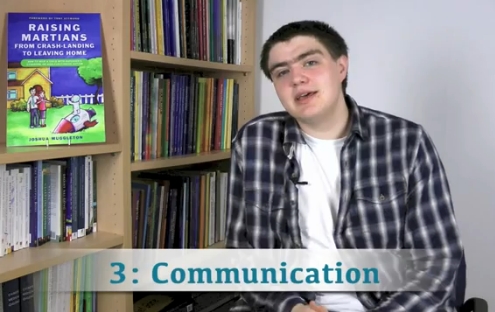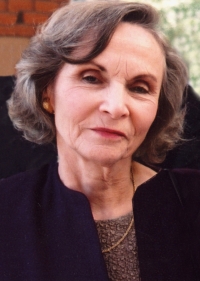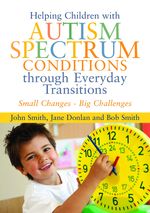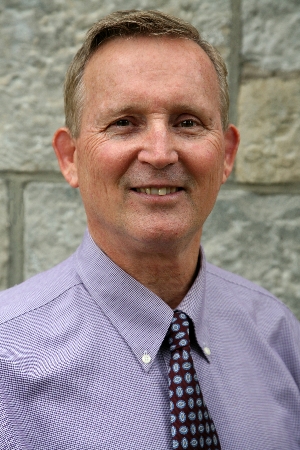“Celebrating Aspergers is celebrating Aspies. Always. In all ways.” An article by author Jennifer Cook O’Toole
Here, Jennifer Cook O’Toole – “Aspie Mommy” to three young Aspie children and author of the forthcoming book, Asperkids – shares some thoughts about World Autism Day, celebrated every…

